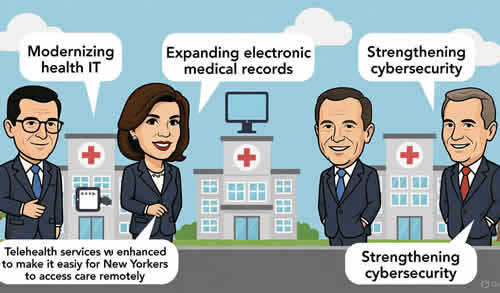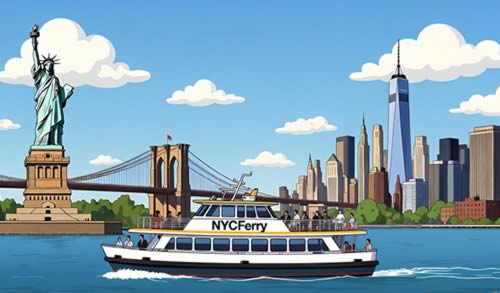This video shows the history of the New York City Subway drawn on the geographically accurate map beginning with the opening of the Manhattan elevated lines to the Second Avenue line phase 1 opening in 2020.
New York City’s subway system is an iconic symbol of urban transportation, connecting millions of people every day and serving as the lifeblood of the city’s bustling infrastructure. The history of the subway expansion in New York City spans over a century, with numerous milestones, challenges, and innovations along the way. In this article, we embark on a journey through time, exploring the development and expansion of the New York City subway system from its inception in 1868 to the present day.
Early Beginnings and the Birth of the Subway: The idea of an underground transit system in New York City was first proposed in 1868 by Alfred Ely Beach, who envisioned an innovative pneumatic subway. However, it wasn’t until the early 1900s that significant progress was made. In 1904, the Interborough Rapid Transit Company (IRT) inaugurated the city’s first subway line, running from City Hall to Harlem. This marked the beginning of a transformational era for public transportation in New York City.
Expansion and the Dual Contracts: The success of the initial subway line prompted further expansion. In 1913, the Dual Contracts were signed, leading to the development of additional subway lines by both the IRT and the Brooklyn Rapid Transit (BRT) Company (later known as the Brooklyn-Manhattan Transit Corporation or BMT). This era witnessed the construction of various subway lines, including the Lexington Avenue Line, the Broadway Line, and the Fourth Avenue Line, among others.
The Independent Subway System (IND): In the late 1920s, the city embarked on a new phase of subway expansion with the creation of the Independent Subway System (IND). This initiative aimed to introduce more competition in the transit system and improve service quality. The IND lines, such as the Eighth Avenue Line and the Sixth Avenue Line, expanded the subway network further, providing greater accessibility to various neighborhoods across the city.
Modernization and Challenges: Throughout the mid-20th century, the New York City subway system faced numerous challenges, including financial difficulties, maintenance issues, and aging infrastructure. However, efforts were made to modernize the system. In the 1960s and 1970s, new subway car models were introduced, and renovations were undertaken to improve station conditions and passenger experience.
Recent Expansion and Future Prospects: In recent years, the New York City subway system has continued to undergo expansion and modernization. Projects like the Second Avenue Subway, which opened in phases starting in 2017, brought much-needed relief to the congested Lexington Avenue Line. Other expansions, such as the extension of the 7 train to Hudson Yards and the ongoing development of the East Side Access project, have aimed to enhance connectivity and improve access for commuters.
Conclusion: New York City’s subway expansion from 1868 to 2020 represents a remarkable journey of growth, challenges, and innovation. From the humble beginnings of Alfred Ely Beach’s vision to the vast network of subway lines that crisscross the city today, the subway system has played a vital role in shaping the development and accessibility of New York City. While there have been setbacks and ongoing challenges, the subway remains a crucial part of the city’s infrastructure, serving as a lifeline for millions of New Yorkers and visitors alike. As the city










